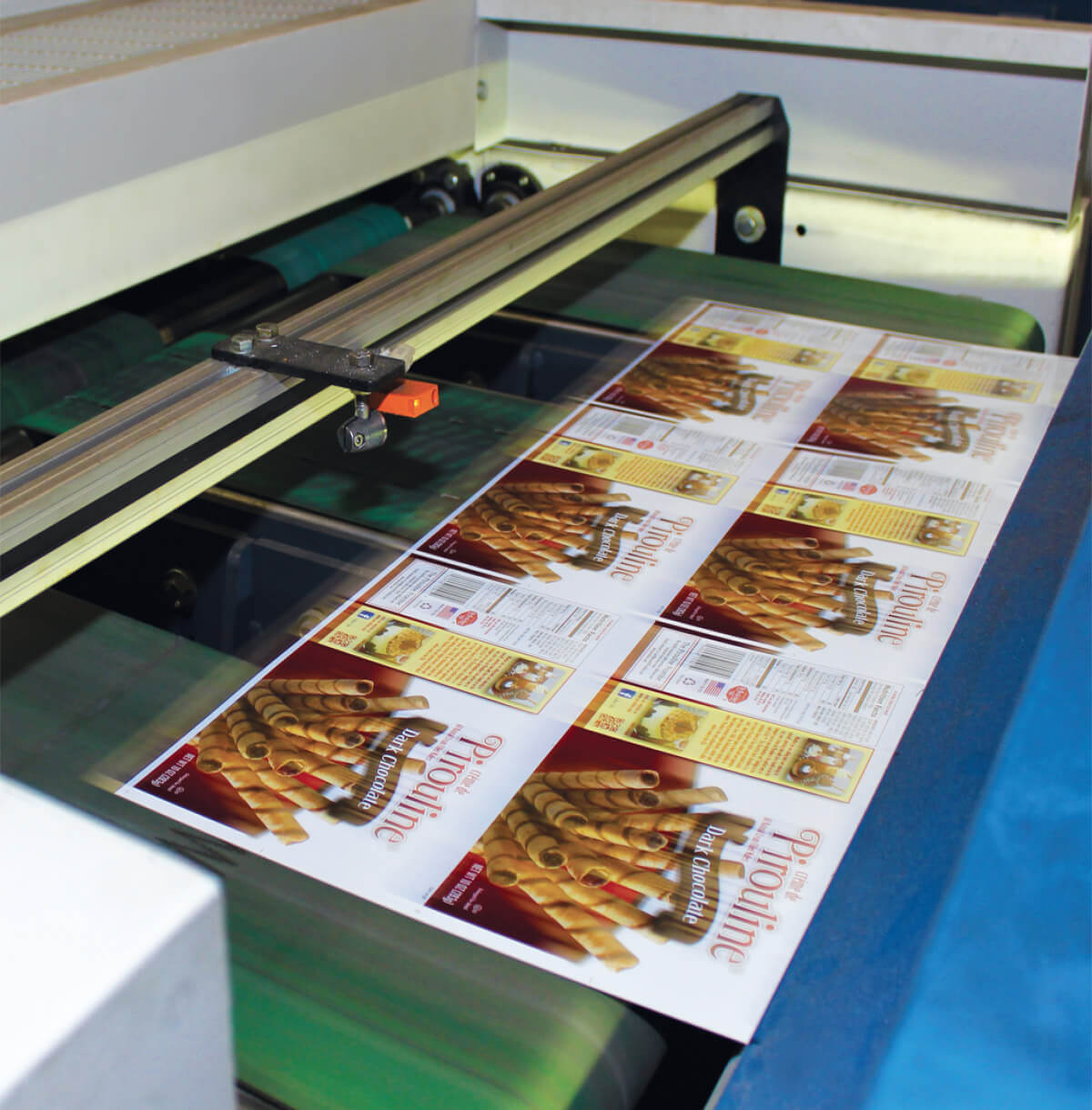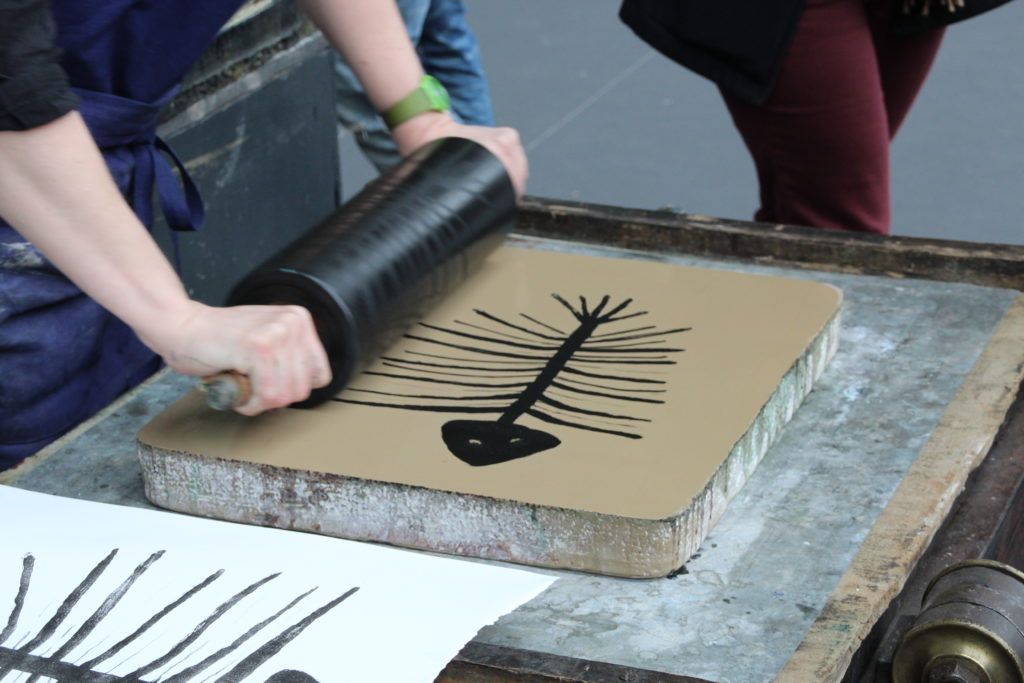litho printing for Magazines, Leaflets, and Brochures
litho printing for Magazines, Leaflets, and Brochures
Blog Article
A Comprehensive Guide to Understanding Litho Printing Strategies
The globe of litho printing, a technique stemming from the late 18th century, is a fascinating mix of history, science, art and innovation. Remain with us as we trip into the captivating realm of litho printing.
The Historic Evolution of Litho Printing
The historical trajectory of litho printing, a critical advancement in the realm of communication, is an exciting story of human ingenuity. The procedure evolved with the arrival of the rotating press, which greatly boosted efficiency. Each phase of litho printing's evolution showcases mankind's ruthless search of effectiveness and quality in aesthetic interaction.
Deciphering the Science Behind Litho Printing Inks
Moving on in the expedition of litho printing techniques, the focus currently shifts to the science behind litho printing inks. The structure of these inks, their drying out process, and color mixing techniques develop the backbone of this complex art type. Recognizing these components is critical to grasping the craft and achieving the wanted print outcomes.
Make-up of Litho Inks
In lithographic printing, the essential role of litho inks can not be overstated. Pigments, the color-providing aspects, are finely ground bits put on hold in the automobile, a fluid that brings the pigment onto the printing surface. Each part plays an important component in the final print's high quality, making the specific formulation of litho inks an intricate scientific research.
Ink Drying Process
From the make-up of litho inks, interest turns to the remarkable procedure of ink drying out. The drying procedure is critical, as it impacts the final print's top quality and durability. Two main approaches are utilized in litho printing: oxidative drying out and absorption. Oxidative drying out includes the ink reacting with oxygen in the air to create a tough, dry film. This approach provides a resilient coating, yet can be slower contrasted to absorption. Absorption, on the other hand, includes the ink seeping into the paper fibers, which is a quicker procedure however can lead to less lively shades. The selection in between these approaches is reliant upon aspects such as print rate demands, the paper kind made use of, and the preferred finish.
Shade Combining Methods
While the drying out procedure plays a crucial duty in litho printing, the science of color mixing techniques holds equivalent relevance. This is a complex process that includes the cautious mixing of primaries: cyan, magenta, and yellow, in differing percentages to achieve a vast range of colors. The enhancement of black ink, referred to as 'essential', helps in controling the strength and depth of the shades. The scientific research behind litho printing inks likewise takes into account the transparency of the ink, which influences just how shades overlay and mix. To achieve a reliable color mix, print professionals need to also comprehend the complexities of ink actions, color concept, and the physical residential or commercial properties of the substratum on which the ink is applied.
The Art and Layout Aspects in Litho Printing
Litho printing breathes life right into art and style through its one-of-a-kind aspects. The procedure includes developing an image on a lithographic sedimentary rock plate or metal plate with a smooth surface. The photo is then printed onto a tool, normally paper, by transferring the ink from the plate. What collections litho publishing apart is its capability to replicate complex layouts with high integrity, making the outcome practically the same to the initial artwork. This is achieved via the usage of different line strategies such as hatching, stippling, and cross-hatching, which enable a variety of tonal impacts. Furthermore, litho printing accommodates a range of shades, allowing musicians to develop vibrant and dynamic prints. This combination of precision and adaptability makes litho printing a preferred option for many artists and developers.
Modern Applications of Litho Printing Techniques
Litho printing techniques have discovered substantial usage in the modern business market. Its impact and relevance remain to grow with the introduction of brand-new advancements and innovations in the area. This area will certainly check out these modern applications and the transformative function they play in the printing sector.
Business Litho Printing Uses
In today's digital age, one may question the importance of standard printing techniques. Litho printing stays a critical component click now of the business field. High-volume printing jobs, such as the manufacturing of publications, newspapers, and packaging, rely upon litho printing for its ability to provide superior image top quality and expense effectiveness. The process, which includes transferring an inked photo from a plate onto a rubber covering and afterwards to the printing surface area, provides unmatched uniformity. This makes it perfect for work needing a big print run. Litho printing likewise gives a wide shade spectrum, premium to that of electronic printing. This makes it the best selection for jobs that demand lively, high-grade color reproduction.
Technologies in Litho Printing
Pushing the limits of traditional strategies, contemporary improvements have actually fueled a host of developments in litho printing. One famous growth is digital litho printing, which integrates the merits of digital innovation with litho's top quality outcome. These innovations highlight the long-lasting importance of litho printing in the contemporary globe.
Exploring the Refine of Litho Printing: Detailed

Obstacles and Solutions in Contemporary Litho Printing

In spite of the precision and custom that litho printing happily supports, it is not without its collection of modern difficulties. One of the most prevalent problems consist of the high initial configuration price, problem in printing variable information, and environmental issues as a result of chemical usage. Options are arising as innovation advances. Digital litho printing allows for economical brief runs and easy modification, addressing the problem of variable information. Environmentally-friendly inks and more secure plate-making procedures mitigate environmental worries. In addition, advancements in automation have minimized labor prices, better democratizing the lithography process. Therefore, while there are difficulties, the litho printing sector is proactively adjusting to fulfill them head-on, guaranteeing its relevance in the future.
Conclusion
In final thought, litho printing, with its rich background and scientific ins and outs, holds a significant area in the print market. The future of litho printing pivots on its capability to adapt to these transforming demands, attesting its long-lasting value in an advancing market.

Report this page